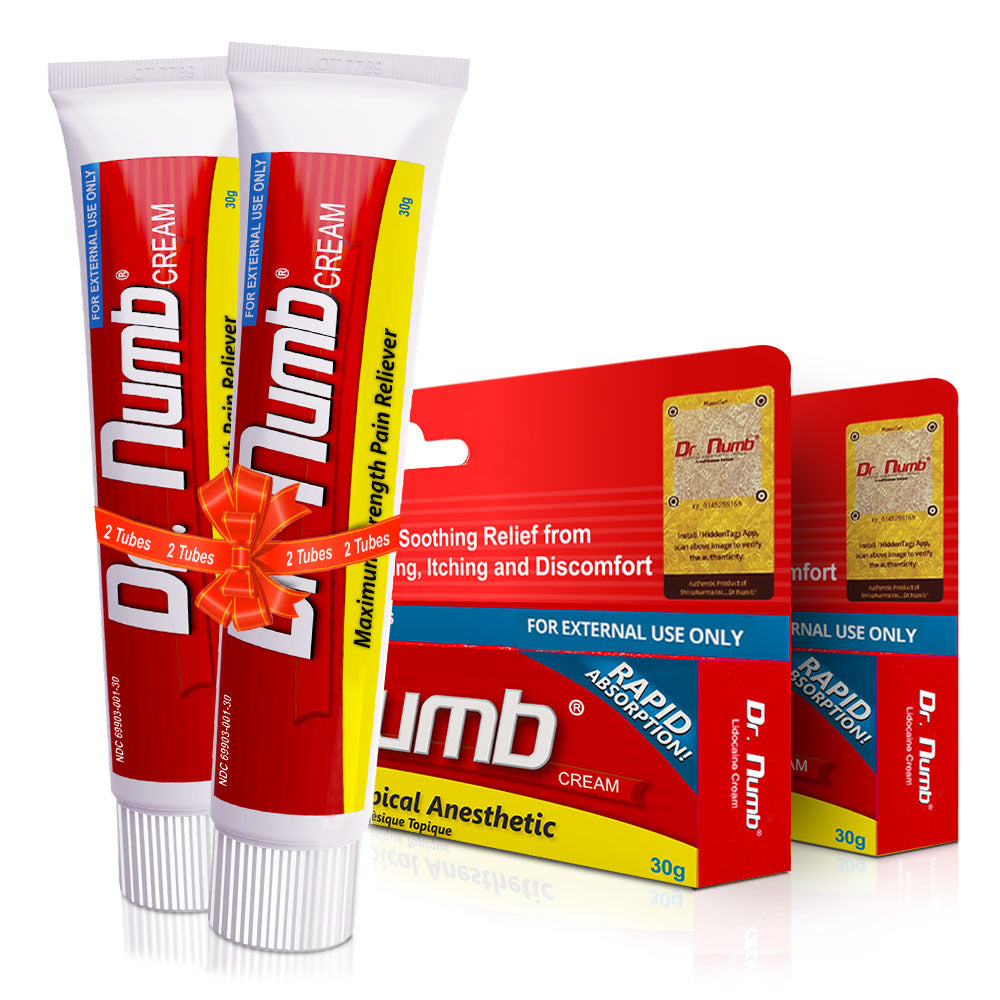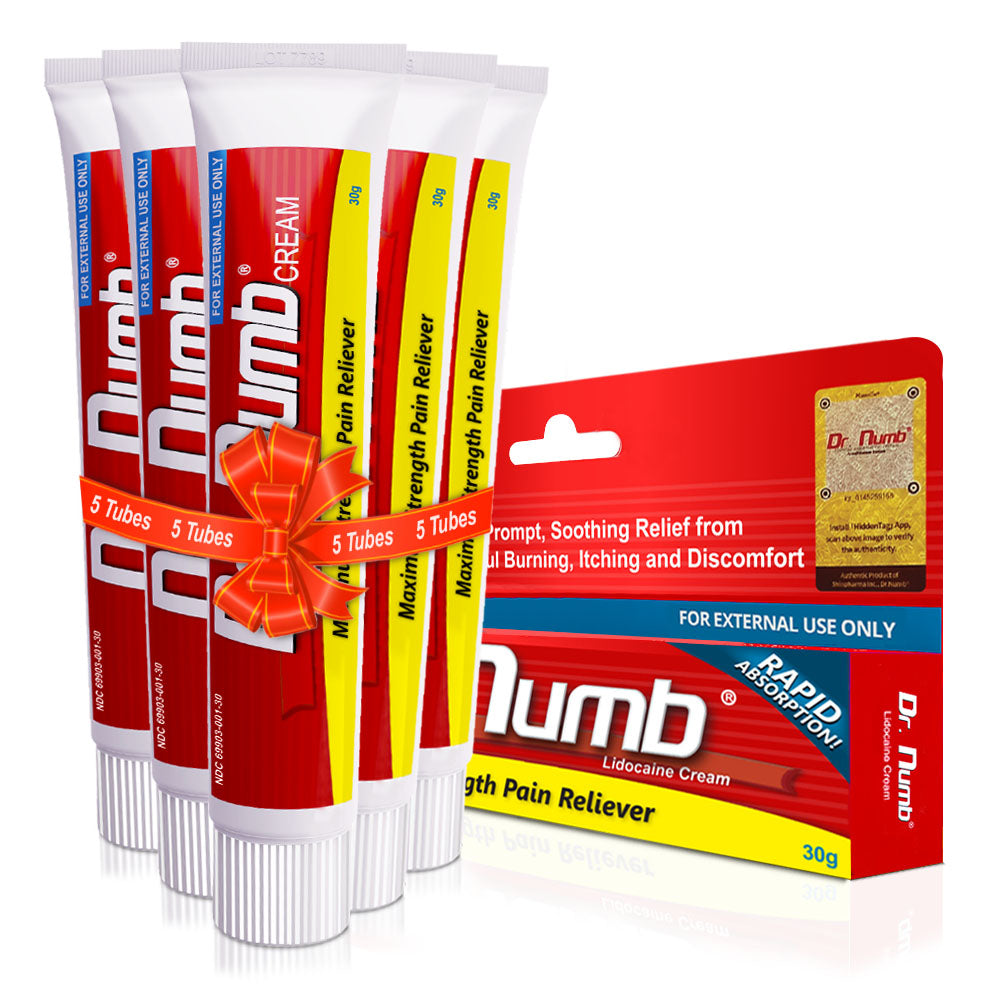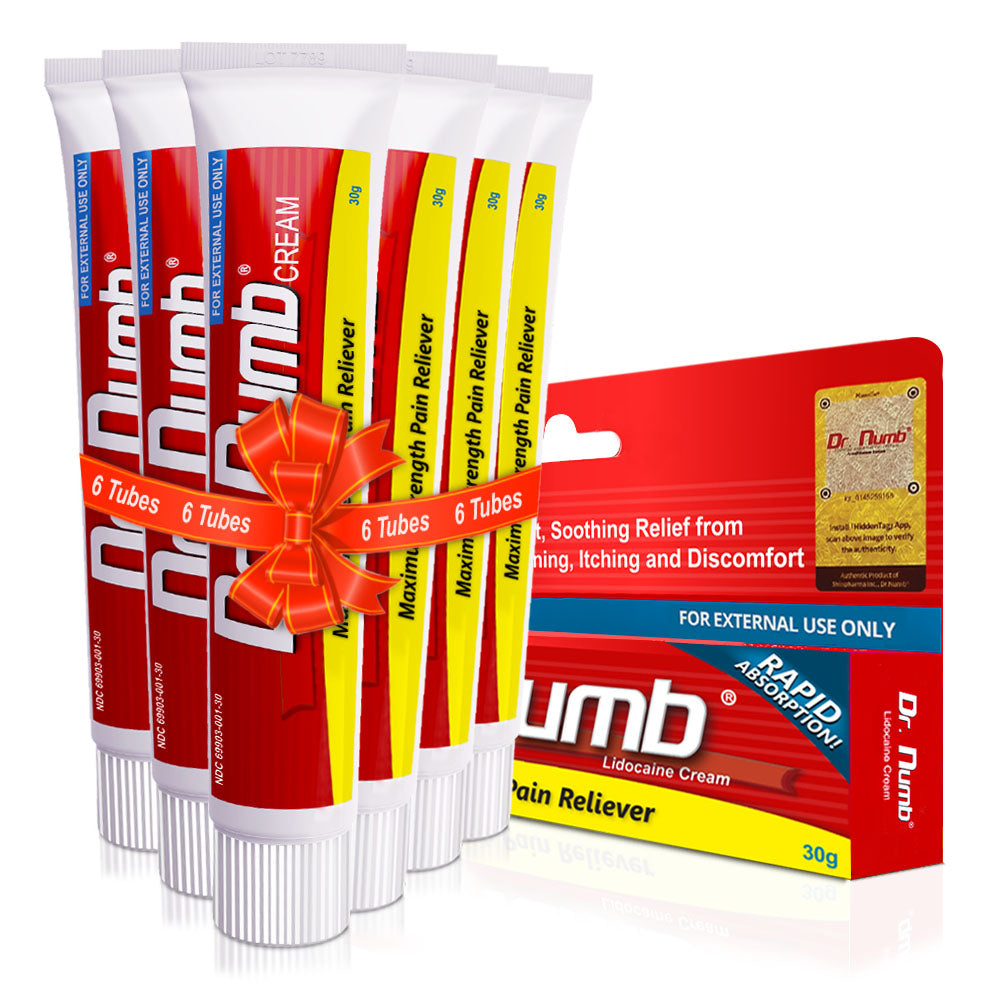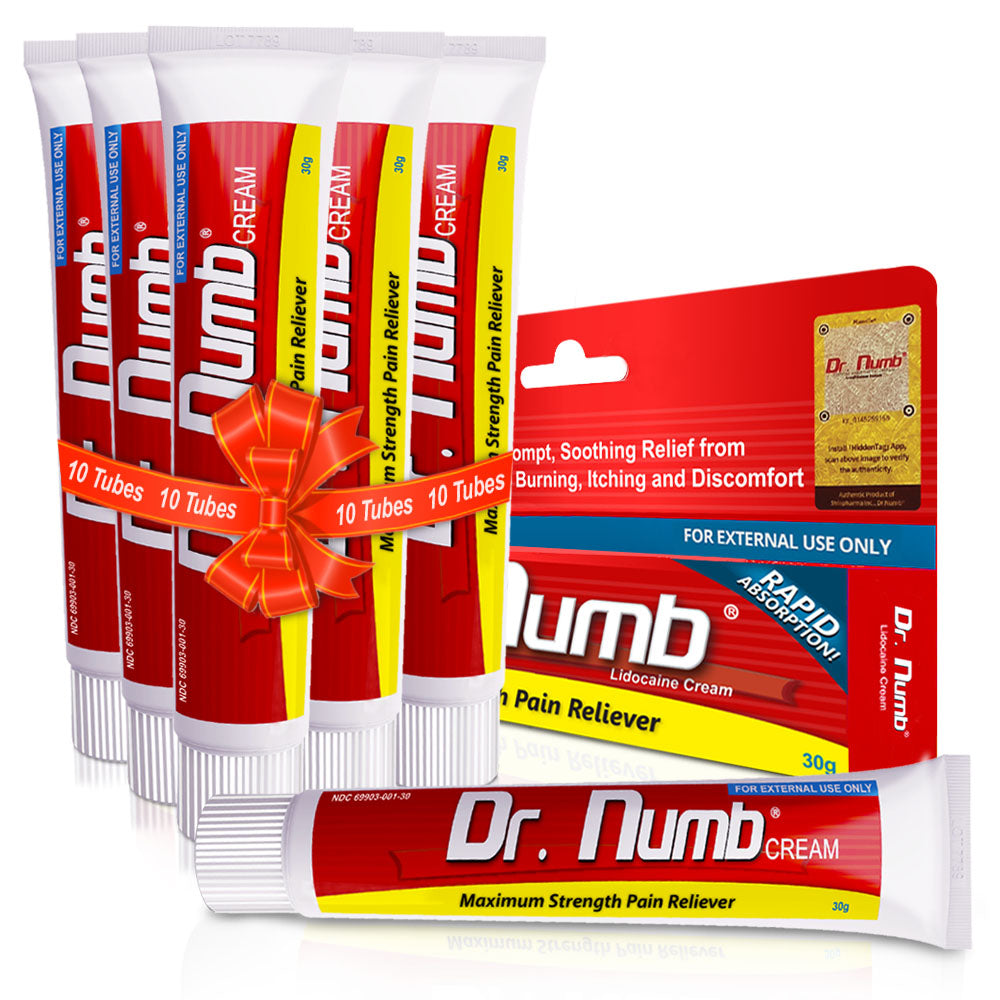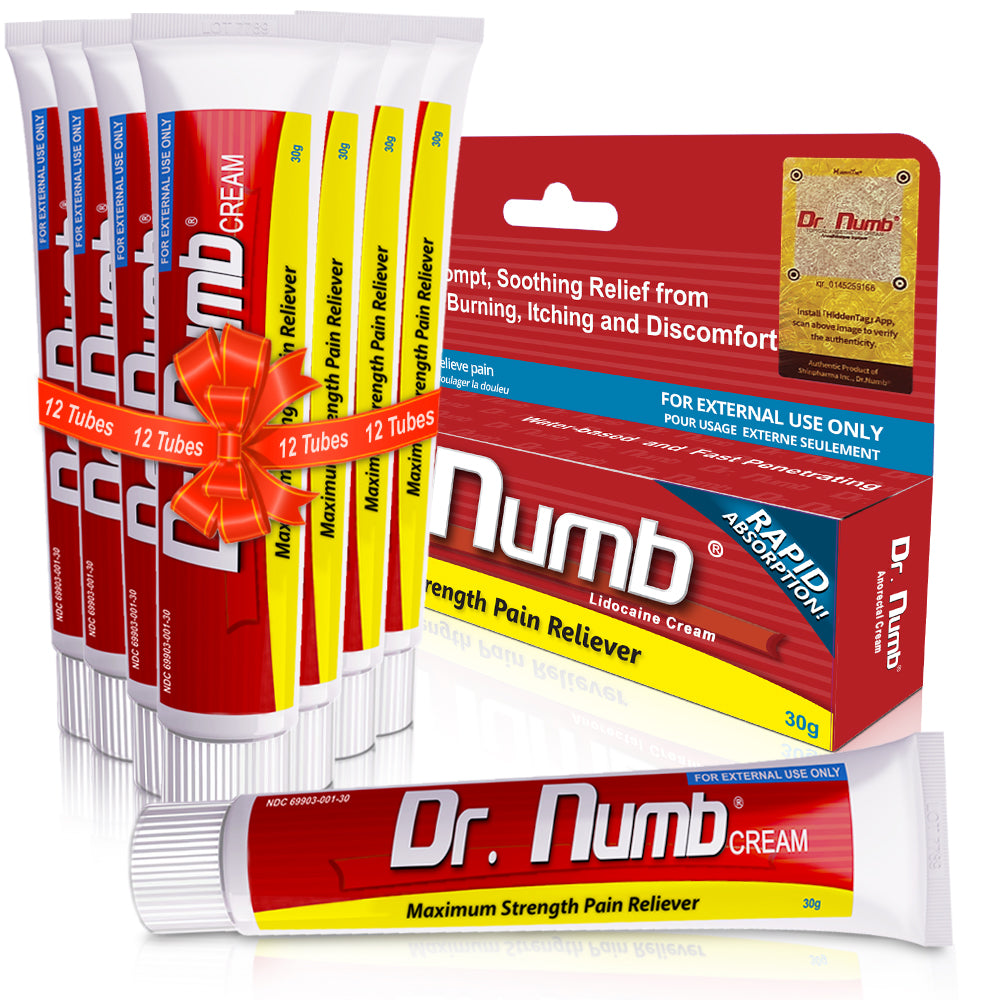Honey locust trees can produce many thorns that puncture tires. While not toxic, contact with thorns can cause slow-healing wounds. Skin punctures and injuries from thorns on the bark and branches have been reported, resulting in local symptoms like pain, swelling, and rash.
It is best to wash honey locust thorn wounds gently twice a day with mild soap and water, avoiding hydrogen peroxide or alcohol. Apply an antibiotic ointment and a nonstick bandage. You should replace the bandage when necessary. Surgical intervention may be necessary to remove thorn fragments and prevent infection in some cases.
We will provide all the essential information on healing a honey locust thorn wound, ensuring a swift and effective recovery.
How to Heal a Honey Locust Thorn Wound: 3 Steps

You can successfully remove the thorn and heal the wound with the proper knowledge and techniques. We will provide a comprehensive guide on healing honey locust thorn wounds.
Step 1: Remove the Thorn and Clean the Wound
The first step in removing honey locust thorns is to remove and clean the thorn. Here are some tips on how to do this:
Locating the Thorn: A Step-by-Step Identification Guide
- First, identify the location of the thorn by examining the area around the wound.
- Look for a tiny puncture wound that may be surrounded by redness and swelling.
- Honey locust thorns are typically long and thin and can often be seen protruding from the wound.
Techniques for Safe and Effective Thorn Removal: Tips and Tricks
- Use clean tweezers to grasp the thorn as close to the skin as possible.
- Gently and slowly, pull the thorn out in the same direction that it entered.
- Avoid squeezing or crushing the thorn, as this can release more toxins into the wound.
Disinfecting the Wound: The Power of Soaps and Antiseptics
Once the thorn has been removed, it is essential to disinfect the wound to prevent infection. Here are a few tips:
- Soak the wound in soap and water and clean it thoroughly.
- Make the wound sterile by using hydrogen peroxide or rubbing alcohol on the wound.
- This will help to kill any bacteria that may be present in the damage.

Step 2: Prevent Excessive Bleeding
After removing the thorn and cleaning the wound, it is important to prevent excessive bleeding. The following tips will help you:
- Put pressure on the wound with a clean cloth or bandage to stop the bleeding.
- Elevate the affected area above the heart.
- Applying an ice pack to the wound may also help to reduce bleeding and swelling.
Step 3: Promote Healing
The final step in healing honey locust thorns is to promote healing. To do this, follow these tips:
- Topical antibiotic cream should be applied to the wound to prevent infection.
- Keep the wound clean and dry.
- Protect the wound with a sterile bandage to prevent further injury.
- Acetaminophen or ibuprofen can reduce inflammation.
Honey Locust Thorn Wound Healing: 3 Types

When it comes to honey locust thorn wounds, honey is an effective and safe option for promoting healing. We will discuss the types of honey best suited for healing honey locust thorn wounds and the different application methods for using honey as a dressing.
Types of Honey for Optimum Healing:
Different types of honey possess unique properties that make them particularly suitable for different kinds of wounds. Here are some of the commonly used types of love for damages and their pros and cons:
Manuka honey: It is the most popular for its antibacterial activity and has the highest medicinal value. It can be expensive.
Raw honey: Raw honey is natural, unprocessed, and has all its nutrients and enzymes intact. It can be easily found and is cost-effective, but its antibacterial properties are less potent than Manuka honey.
Clover honey: Clover honey is rich in antioxidants and has beneficial antibacterial properties. It is widely available and also affordable.
Application Methods for Honey
Coating and dressing techniques are two standard methods for applying honey to a wound. Here's how to use them:
- Coating technique: Apply a thick layer of honey evenly over the wound. Cover it with a gauze pad and secure it with a bandage. Change the dressing daily or as needed.
- Dressing technique: This method is preferred for deeper wounds. Apply honey to the dressing material and place it on the wound. Secure it with a bandage and a gauze pad. Dressings should be changed daily or as often as needed.

Dressing the Wound
The wound must be kept clean and dry to prevent infection and promote healing. Here are some tips to keep your wound safe and dry:
- Choose a sterile dressing material.
- Maintain a regular dressing change or follow the instructions of your health care provider.
- Avoid getting the bandage wet.
- Do not touch the wound with dirty hands.
- If you notice redness, swelling, or pus, seek medical attention immediately.
Honey Locust Thorn Healing: Monitoring

A honey locust thorn piercing the skin requires consistent monitoring for potential complications. Doing so can aid in identifying problems early on and preventing severe health consequences. Here are some key aspects to keep in mind when monitoring the wound:
Look Out for Potential Complications
As you monitor the wound, keep a lookout for these potential symptoms that could indicate an infection or other complications:
- Swelling: if the area around the wound is swollen, red, or inflamed, it could indicate an infection.
- Fever: You may need medical treatment if you experience a high fever or chills.
- Pus or discharge: yellow, green, or brown discharge from the wound could signal an infection.
- Increased pain: You may experience mild discomfort as the wound heals. If the pain grows or becomes severe, seek medical attention.
Pain and Itching Relief
To alleviate pain and itching associated with a honey locust thorn wound, here are some home remedies and over-the-counter solutions to consider:
- Apply a cold compress: Placing an ice pack on the affected area can assist in reducing swelling, pain, and itching.
- Honey: Honey is anti-inflammatory and antibacterial so that it may aid in wound healing.
- Aloe Vera: Aloe vera gel to the wound can promote healing and relieve pain.
- Over-the-counter solutions: Pain relievers and anti-itch creams can assist in reducing discomfort.
Contacting a Specialist
If you notice any of the symptoms above or other severe symptoms, it's time to contact a medical professional. Here's what you can expect when you visit a doctor:
- The doctor will inspect the wound, check for infection, and determine how to treat the injury.
- The doctor may prescribe antibiotic medication to treat any infections.
- In extreme cases, the doctor may need to remove the thorn or other foreign bodies from the wound.

Speedy Recovery: Tips for Preventing
The proper care of wounds is essential for preventing complications and promoting fast healing. To prevent scar formation and other complications, follow these tips:
- Make sure the wound is clean and dry.
- Dress the wound with clean, dry bandages.
- Avoid picking at scabs or stitches.
- Avoid activities that could further damage the wound.
Conclusion
Treating a honey locust thorn wound isn't rocket science, but it does require proper attention, care, and an understanding of the risks and preventative measures. This guide provides a step-by-step process to help you identify and treat honey locust thorn wounds safely and effectively.
Remember to remove the thorn, clean the wound, apply honey, monitor the wound's progress, and contact a medical professional if needed. These simple steps ensure that a painful honey locust thorn wound doesn't become a long-lasting and complicated problem. Take care of yourself and stay safe.




